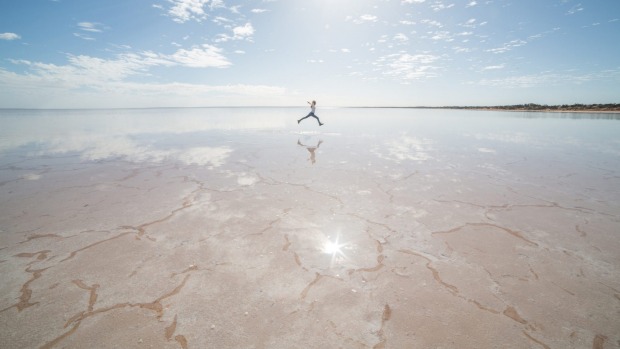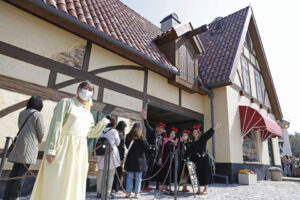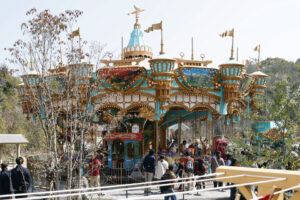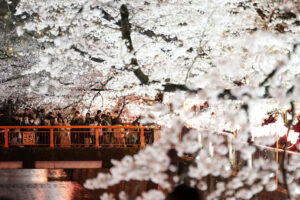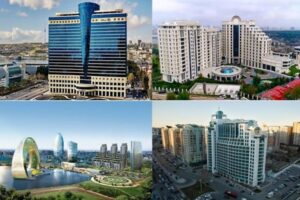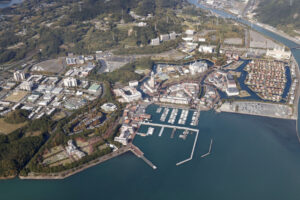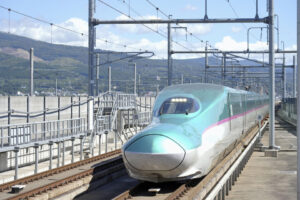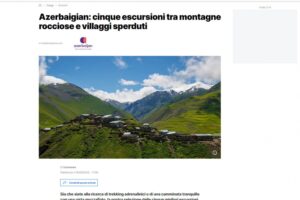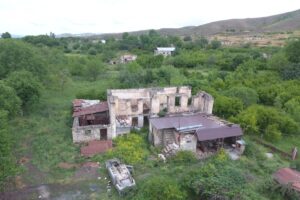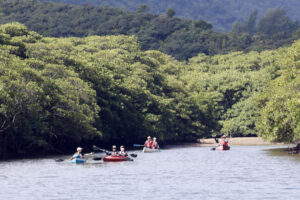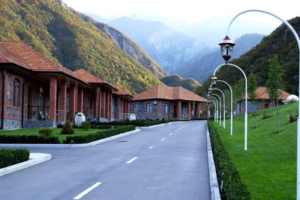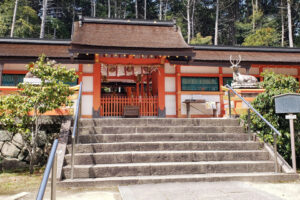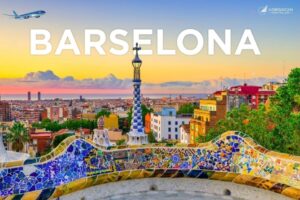Tokyo, 30 October, /AJMEDIA/
THE CASPIAN SEA
WHERE? CENTRAL ASIA
Bordered by Russia, Azerbaijan, Iran, Turkmenistan and Kazakhstan, the Caspian Sea is easily the largest lake in the world. In fact, it’s so big that it takes ships 17 hours to cross. And that’s going the short way.
With a surface area of around 370,000 square kilometres, there’s some debate over whether it’s a lake or a sea. It is surrounded by land but its bed is oceanic basalt. The Caspian Sea is also too big to be all that pretty – although the mountains in the south are more dramatic than the plains in the north. The most dynamic city on the Caspian Sea is Baku in Azerbaijan.
LAKE BAIKAL
WHERE? RUSSIA
The Caspian Sea may be the biggest lake by volume and surface area, but Lake Baikal is the deepest. This long, thin lake is also the world’s largest freshwater lake. Formed in a tectonic rift, Baikal is 636 kilometres long, and has mountains to the west, north and north-east. A network of hiking trails can be found on the forested shores, and tourism here tends to focus on wildlife. The wolves and bears can be tough to spot, but the native seals are much less elusive.
OJOS DEL SALADO POOL
WHERE? ARGENTINA/ CHILE
Ojos del Salado is the highest active volcano in the world and second highest mountain in South America. In a crater near the top is a permanent lake, only around 100 metres in diameter. In this case, size isn’t everything – height is. The Ojos del Salado pool is 6390 metres above sea level. And that means it is generally accepted as the highest lake on earth.
LAKE TITICACA
WHERE? PERU/ BOLIVIA
Lake Titicaca isn’t quite as high as the lake on Ojos del Salado, but it is still the highest large lake in the world. There’s an abundance of wildlife, including unique birds and frogs. But tourism at Lake Titicaca tends to concentrate on the Inca sites around the shores plus the remarkable man-made islands made out of reeds that grow around the lake. Oh, and it’s also quite cool to be able to take a ferry 3812 metres above sea level.
LAKE KARIBA
WHERE? ZAMBIA/ ZIMBABWE
Not all lakes are the handiwork of mother nature, and Lake Kariba is the biggest man-made lake on earth. Created by damming the Zambezi River for a hydroelectric scheme, Lake Kariba reaches 223 kilometres long and 40 kilometres wide. The introduced fish species love it, as do the big game animals that come to the shore to drink. The lake is still oddly underutilised as a tourist destination, but there are a handful of safari lodges and fishing charters.
LAKE TOBA
WHERE? INDONESIA
There are plenty of lakes bigger than Lake Toba on the Indonesian island of Sumatra, but none quite as terrifying. Measuring around 100 kilometres by 30 kilometres, this lake is actually a volcanic crater that has filled in over time. The crater was created about 75,000 years ago, during what’s believed to be the largest eruption in 25 million years. Scientists believe it almost wiped out the human race, which is not exactly encouraging given there are several similar supervolcanoes around the world…
KATI THANDA-LAKE EYRE
WHERE? SOUTH AUSTRALIA
Defining the world’s largest salt lake is pretty darned tricky, because many of them don’t have any water in them most of the time. Put simply, how do you measure it? With that in mind, Kati Thanda-Lake Eyre has a very good claim. It has a maximum surface area of around 9500 square kilometres, but it only fills a few times every century. When the floods do come, often spurred by cyclones in northern Australia, it leads to a spectacular explosion in wildlife. Wrights Air offers scenic flights over the usually salty lake from William Creek. See wrightsair.com.au
LAKE TURKANA
WHERE? KENYA/ ETHIOPIA
Lake Turkana fills part of Kenya’s Rift Valley, and has the honour of being the world’s largest permanent desert lake. It’s also the world’s largest alkaline lake, which makes the water not especially drinkable.
Three rivers flow into the lake, but none flow out. The water just evaporates. The lake is remote, hard to reach, and largely untouched by tourism. That said, companies such as Sun Safaris offer trips to small lakeside lodges. See sunsafaris.com
LAKE MALAWI
WHERE? TANZANIA/ MALAWI/ KENYA
Another rift lake, Lake Malawi is the ninth largest lake in the world by volume, but what’s remarkable here is the amount of life it sustains. This freshwater lake has the largest number of fish species of any lake in the world. There are so many species of the cichlid family in Lake Malawi that no-one’s been able to do an accurate count. Best guesses range from 700 to 1000. Unlike some other lakes on this list, there’s a pretty well-developed tourism industry, with several resorts around the southern and central shores, plus diving operators.
LAKE MICHIGAN
WHERE? US
You can’t have a list of great lakes without one of the Great Lakes, can you? The five Great Lakes of North America are interconnected, and contain around 21 per cent of the world’s surface fresh water. There’s also a wealth of things to do around them, from hiking trails to massive theme parks. Lake Superior is the largest of the lakes, but if you’re picking just one to take a boat trip on, then plump for Lake Michigan with the soaring Chicago skyline as a backdrop.

